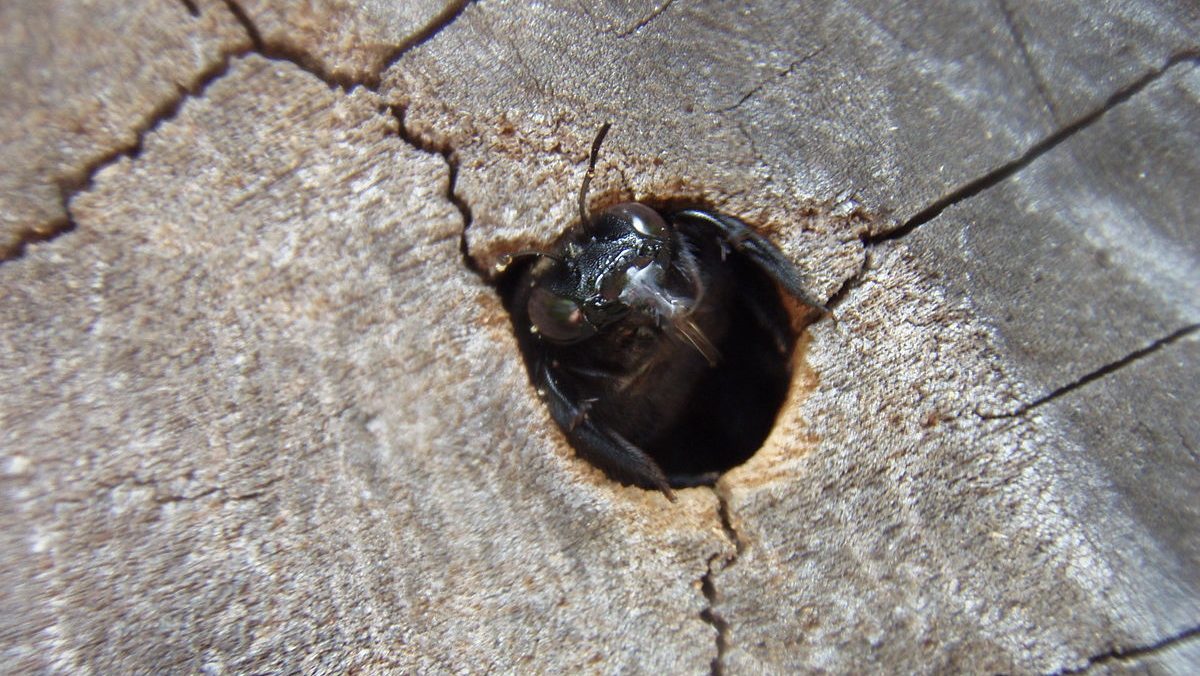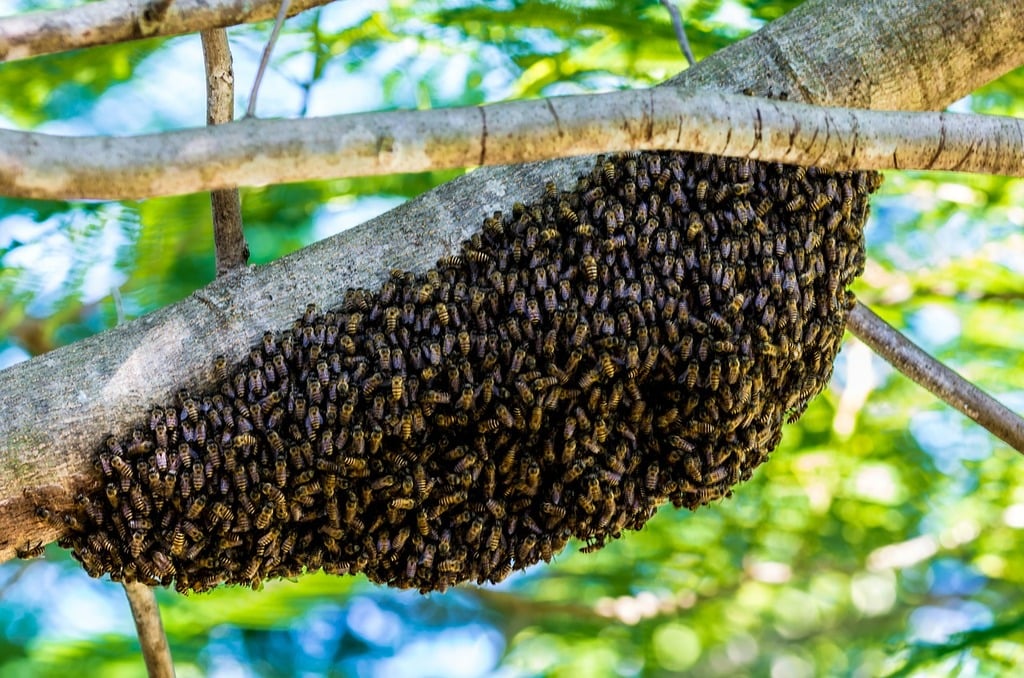Carpenter bees can cause significant damage to wooden structures around homes and buildings. Unlike termites, they do not consume wood but bore holes to create nesting sites. Identifying the early signs of a carpenter bee infestation can help prevent costly repairs and structural damage.
 If you feel things have gone out of control, it is advised to contact pest control professionals. Our team can provide a customized approach to protect your home effectively.
If you feel things have gone out of control, it is advised to contact pest control professionals. Our team can provide a customized approach to protect your home effectively.



 Prevention techniques might not be enough if you’re already dealing with a infestation in your home. Our pest control professionals provide a customized solution to protect your home effectively.
Prevention techniques might not be enough if you’re already dealing with a infestation in your home. Our pest control professionals provide a customized solution to protect your home effectively.

Signs of a Carpenter Bee Infestation
Recognizing the warning signs early can prevent extensive wood damage. Look out for:Signs of Carpenter Bee Infestation
-
Small, round holes in wood: These are entry points leading to nesting tunnels.
-
Piles of sawdust (frass) beneath holes: A clear sign of active drilling.
-
Buzzing sounds inside wooden structures: Carpenter bees create noise as they bore tunnels.
-
Woodpecker activity: Woodpeckers feed on carpenter bee larvae and may peck at infested wood.
Where Do Carpenter Bees Live?
Carpenter bees prefer dry, untreated, or unpainted wood for their nests. Common locations include:- Eaves, decks, and railings: These provide ideal nesting sites due to their exposure and accessibility.
- Wooden furniture and fences: Unsealed wood is particularly attractive to carpenter bees.
- Shed and barn beams: The secluded nature of these structures makes them perfect for nesting.


Not getting a solution?
Get your free pest control estimate today!What Does a Carpenter Bee Look Like?
Carpenter bees are often mistaken for bumblebees due to their similar size and shape. However, there are key differences:- Size: They are about ½ to 1 inch long.
- Color: Most have a shiny, black, hairless abdomen, whereas bumblebees have a fuzzy appearance.
- Behavior: Carpenter bees are solitary insects, unlike social bees that live in hives.
How to Build a Carpenter Bee Trap
One effective way to manage carpenter bee infestations is by using traps. Follow this simple guide to make one at home.MATERIALS NEEDED
- A small wooden block (4x4 inches)
- A plastic bottle
- A drill and ½-inch drill bit
- A saw and screws
STEPS TO BUILD THE TRAP
1. Drill Entrance Holes
- Create ½-inch angled holes in the sides of the wooden block.
2. Attach a Collection Bottle
- Secure the plastic bottle to the bottom of the wooden block using screws.
3. Hang the Trap
- Place it near known infestation areas like eaves, decks, or fences.
Note
Carpenter bees will enter the holes but will be unable to escape, effectively reducing the population.
Preventing Carpenter Bee Infestations
Taking preventive measures can stop carpenter bees from nesting on your property:Ways to Prevent Carpenter Bee Infestation
-
Paint or seal wooden surfaces: Treated wood is less attractive to carpenter bees.
-
Fill existing holes: Use wood putty or caulk to prevent re-infestation.
-
Install metal or vinyl coverings: Protect exposed wood with non-wood materials.
-
Use natural deterrents: Citrus sprays or almond oil can repel carpenter bees.





